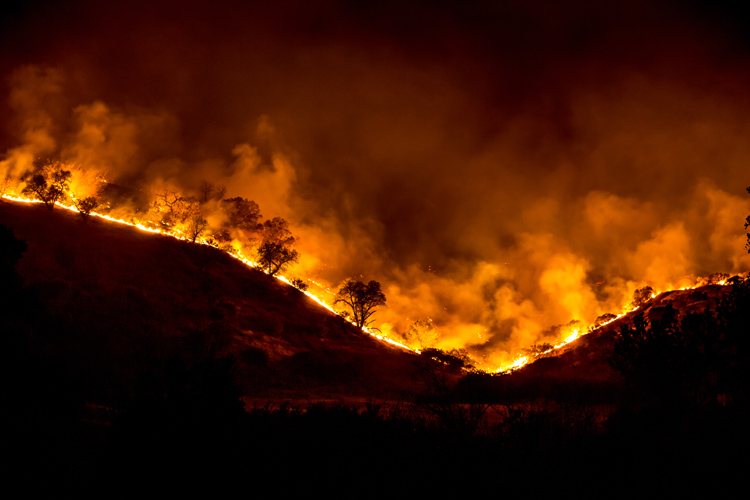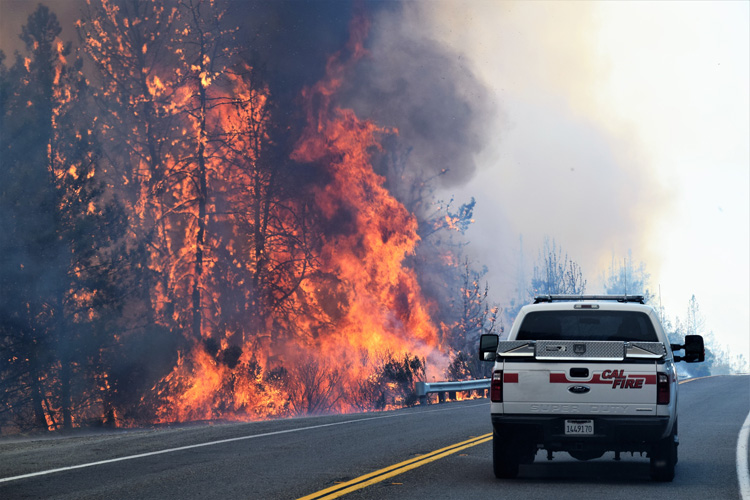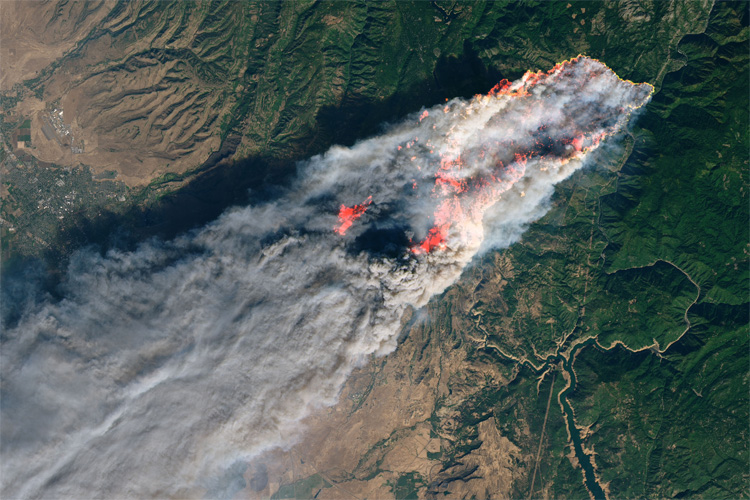Fires have become a serious problem in California. Here's why the Golden State has been plagued by ferocious blazes nearly all year round.
The fire season dominates the lives of millions of Californians, and quite often, blazes get out of control.
In 2018, the state of California saw 1.8 million acres of land burned.
The catastrophe caused over $3.5 billion in damages, including $1.7 billion in fire suppression costs. Around 100 people lost their lives.
These "regular" fires are particularly dangerous and damaging. Thousands of human-made infrastructures - homes and businesses - are caught in the flames and destroyed in a matter of minutes.
The areas of the state most prone to fires are Northern and Central California - in both inland and coastal regions - and the Southern California seaside.

The Five Main Reasons for Wildfires
There are five main reasons why California is burning more than ever - criminal hand and human negligence, urban development, adverse weather conditions, vegetation growth, and climate change.
Although often called "wildfires," 85 percent of them are caused by people and are not triggered by an unfortunate combination of natural events.
The largest and most devastating wildfires in state history were caused by acts of arson and unintentional human actions.
The majority of fires are sparked by discarded cigarettes, downed power lines, campfires, fireworks, electrical faults, powered agricultural equipment, and human negligence in general.
For firefighters and land management experts, the phenomenon has lost its seasonal rhythm and has now become a "year-round fire season" problem.
One of the most relevant reasons behind these longer fire seasons is that California is developing fast, and residential areas are getting closer and closer to woodlands.
By 2050, another 645,000 houses will be built in areas facing a very high risk for wildfires.

Severe droughts, longer non-rainfall periods, low humidity levels, lightning, and unfavorable intense winds represent a small percentage of fires that are not triggered by human activity.
Whenever California has abnormal levels of precipitation, the vegetation grows more and faster. Then, with extremely hot summers, plants dry out, leaving combustible fuel ready to be consumed.
The Santa Ana winds are always a major concern for firefighters. They sweep dry and hot air from inland California toward the coastal regions.
As a result, they not only push the fire itself but will also generate sparks that travel miles and start new blazes elsewhere.
The negative effects of climate change don't help either.
The average air temperature in California rose nearly two degrees Fahrenheit during the second half of the 20th century.
And with hot, dry, and windy summers, everything on the ground becomes flammable.
